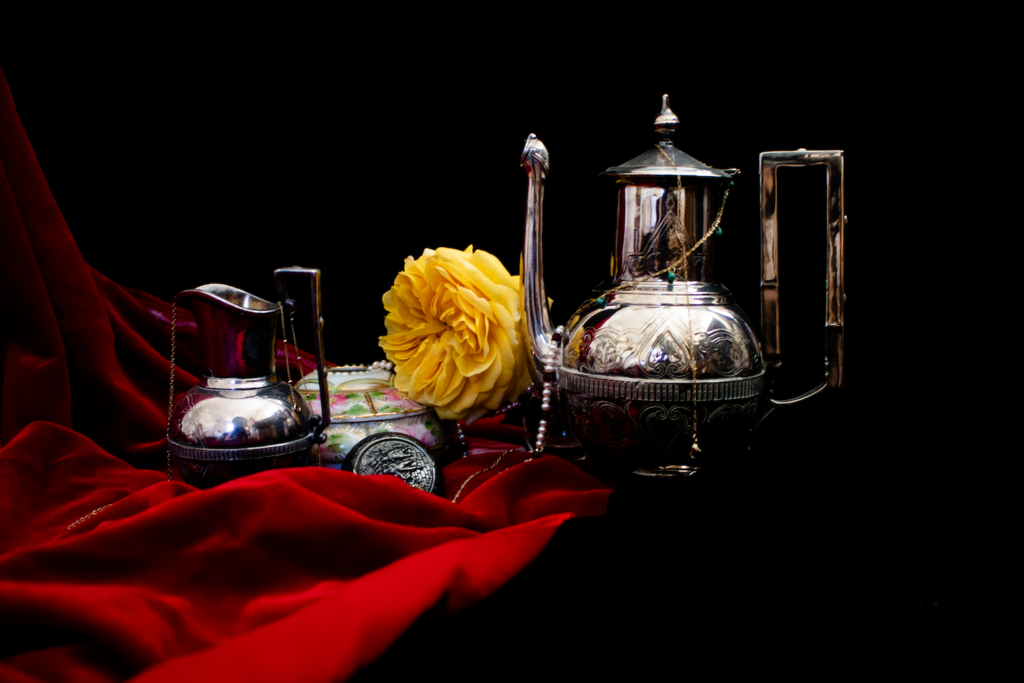Hello! I’m Lucy Good. I’m a senior at Freestyle Academy in the animation elective. Below, you’ll find a compilation of the best works I’ve made at Freestyle.
Multi-Layered Art Project
Dec. 2022 – Feb. 2023
For this project, we would create linework for an illustration related to our worldbuilding project, have it cut out by a laser printer, and construct a physical piece of artwork. Our three options for this were a lightbox, 3D ring art, or stacked wood art. The basic process of this entire project was sketch and plan; create the linework in Adobe Illustrator; have the pieces printed out; put them together to create the final product; put together a time-lapse video of the construction; and create a video demonstrating 3D digital assembly using Adobe After Effects.
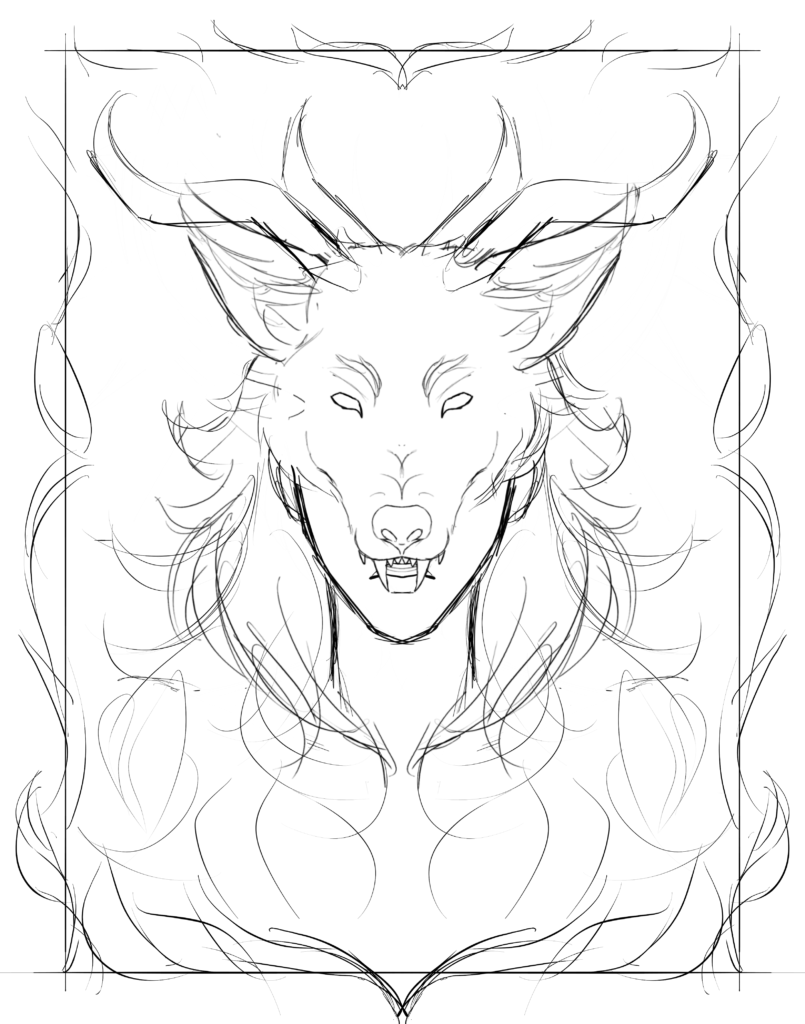

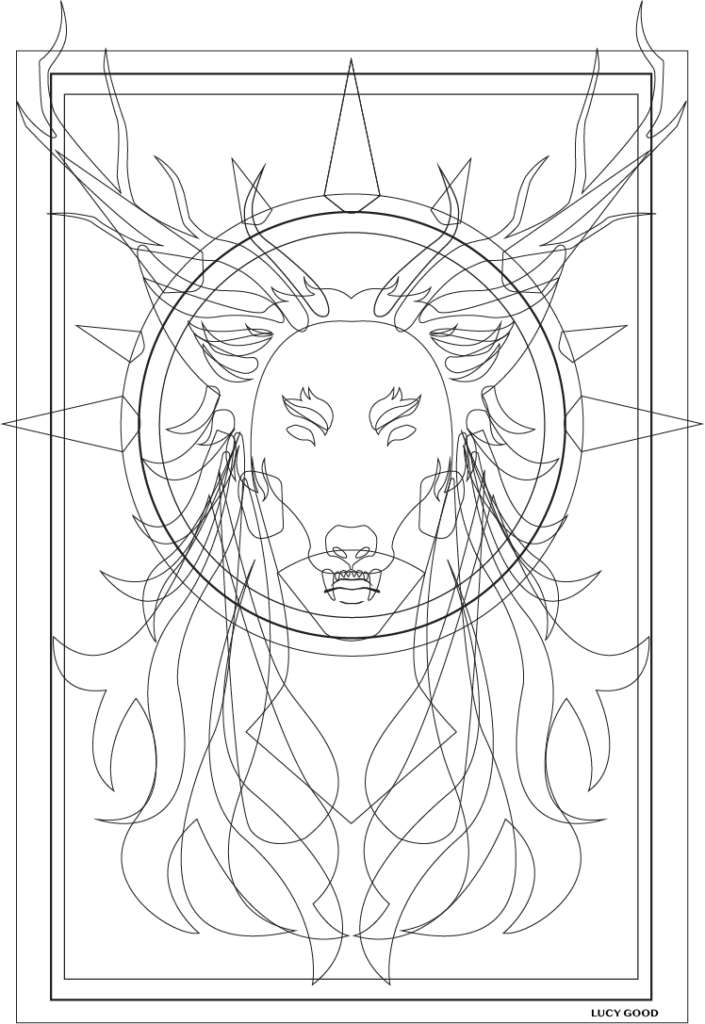
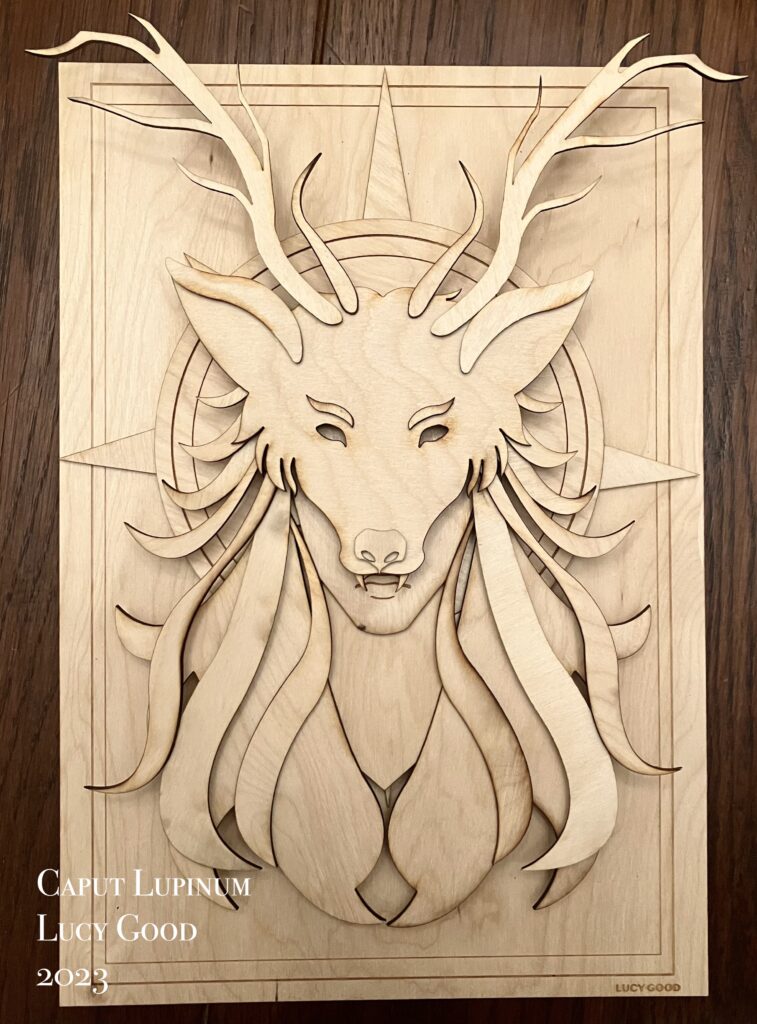
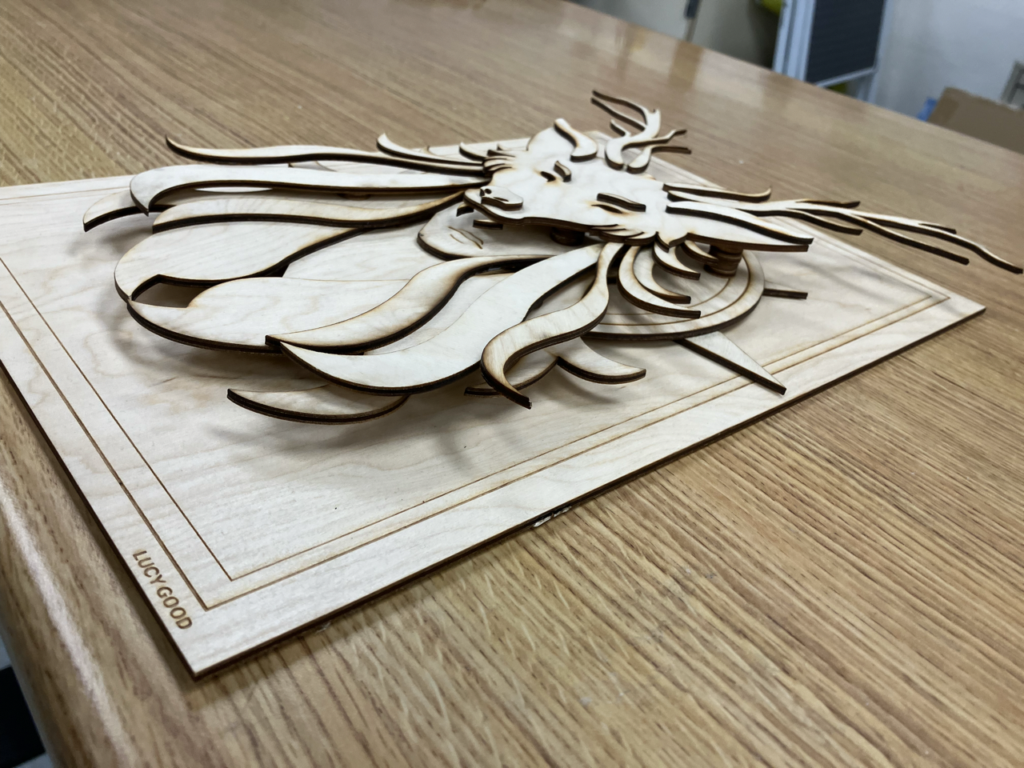
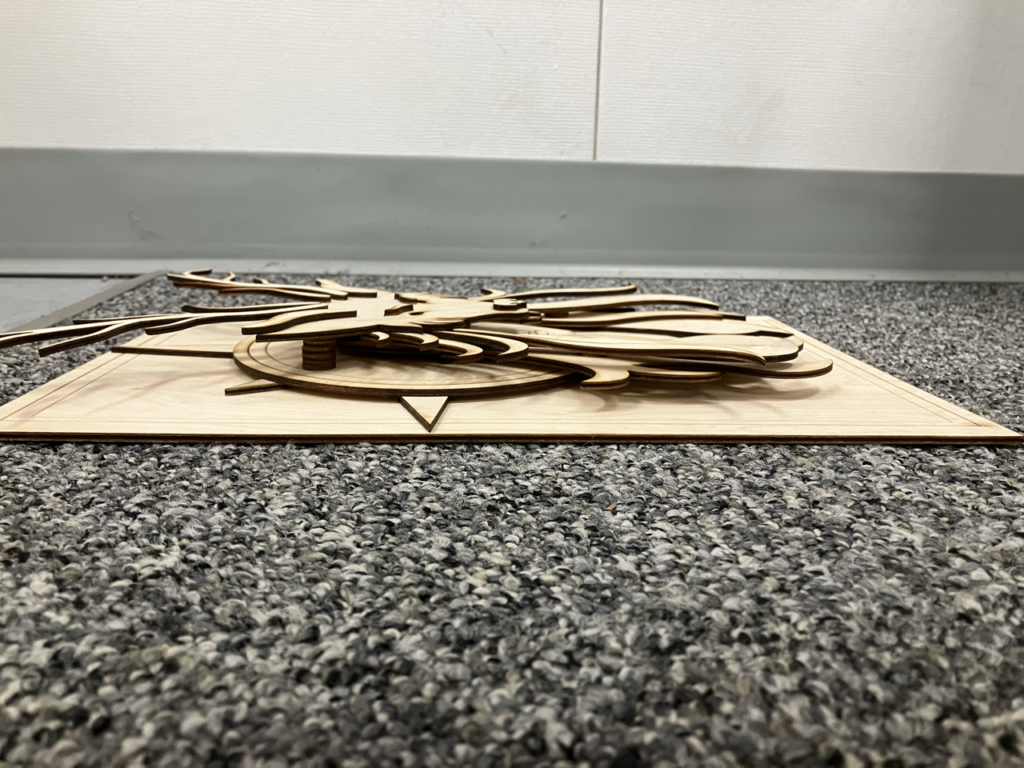
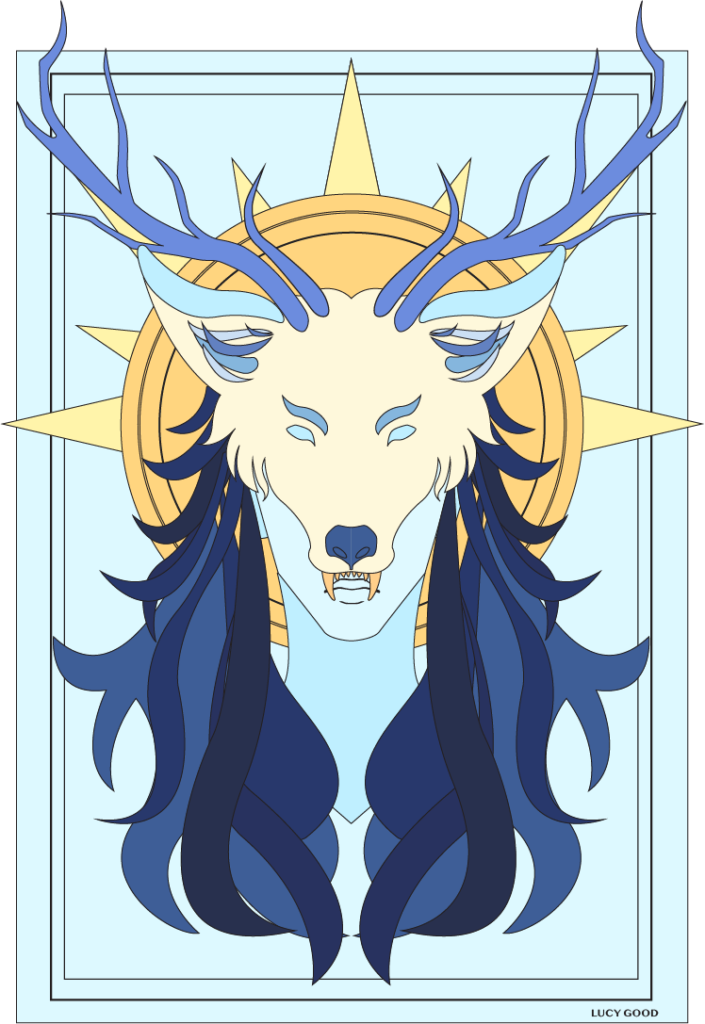
Animation Reel
Zenith
March 2023 – May 2023
The zenith project is meant to act as the peak of our skills in Freestyle–using skills we had developed over the past two years, we were given about one and a half months to further develop our skills through any project we wanted.
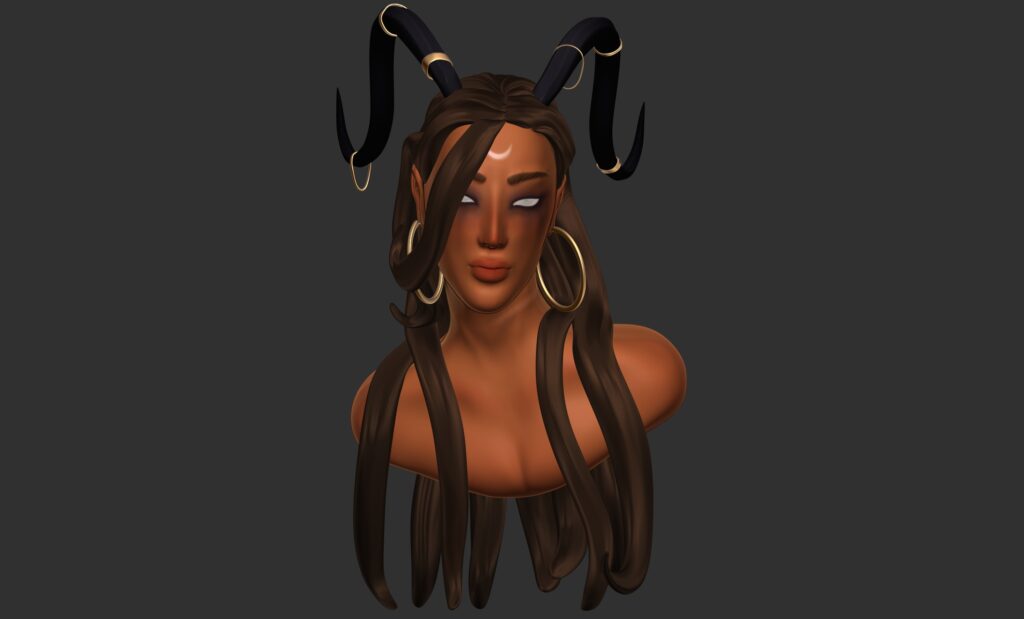
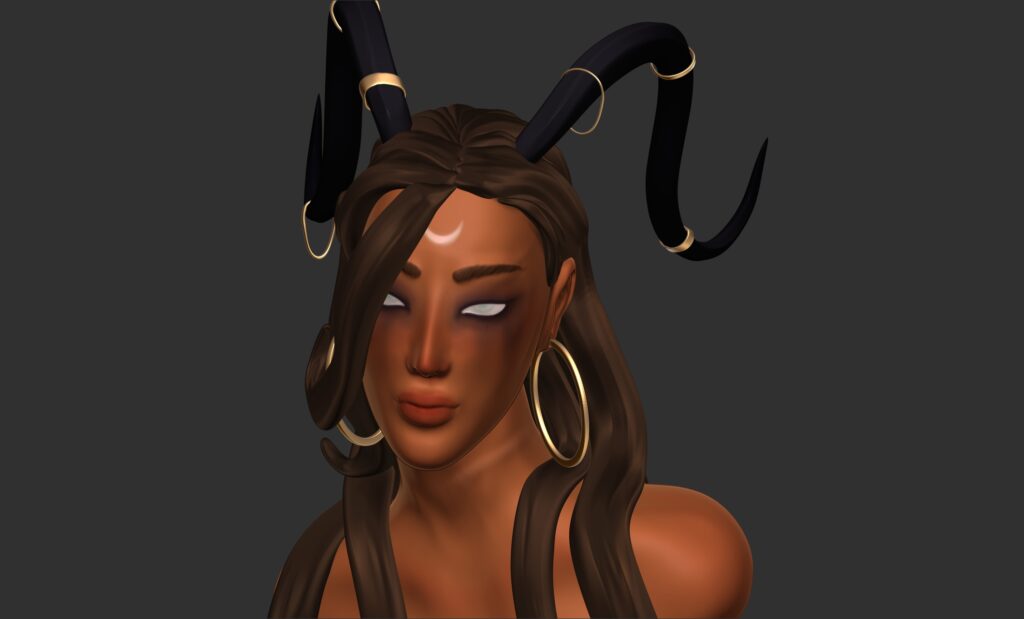
Flash Fiction
Nov. 2021 – Dec. 2021
“Firefly” was created for the flash fiction assignment in English, in my junior year at Freestyle Academy, and recorded for Digital Media at the same time. This story has become one of the works I’m most proud of throughout my years at Freestyle. Below, you can access both audio and text versions.
“Firefly”
“You’re never alone in the woods.”
I know, now, the purpose of the mantra, regardless of its variation in whispers from children in school or vaguely ominous utterances from teachers or parents. Either way, to inspire some sort of fear, that which those older than us would use to keep us from things we had no knowledge of, and that which our peers, in their naive mischief, would try—and, to our own proud, lion-hearted chagrin, often succeed—to instill a child’s fear; that is, wonder.
But in those single moments, in hushed whispers or conspiratorial giggles or half-hearted reminders which spoke of a principle seeming strangely long instilled, something small would happen in me, simultaneously solipsistic in its rapidly isolating effect, and wordlessly aware of something likely beyond any of our knowledge, regardless of our age. Though clocks continued their ticking and people their chatter, time would briefly cease to be, and a deep part of my psyche would blink—then, fragile as a flame blown out, would disappear, and time would pick back up. And, every night, as the sun set on its way down and a darkening blanket was draped over the sky, they would appear to me; fragile dots of flashing, blinking white.
Easy to draw, even for my small, stubby hands, guided by my grandfather’s shaky, paper-skinned ones; easy to draw even as he painted worlds and people and stories about the lights, welcoming themselves into my dreams as I drifted off to the lull of his voice.
But much easier, instead, to recall, in the decreasingly tumultuous days, then weeks, and months, and years after my grandfather’s tiny, misty farm just off of town became quietly void of its last human resident, gone to the woods and their dancing will o’ the wisps.
So regardless of whatever they may have made me feel—made me see—as I grew older, rationality formed and the lights disappeared.There was—is—no eldritch thing in the woods, no faeries looking to spirit me away or ominous black Grims. No more grandpa, or looking at made up things in the trees.
So, with each passing night, in the newly occupied house, I can’t help but find myself wondering what, exactly, are the things I see in those woods.
Maybe, I think sometimes, it hasn’t been long enough. I spent too much time listening to people’s ultimately meaningless fantasies, had heard of too many isolated incidents of people wandering off to the treeline to never return, for me to go the first few nights—much less alone, much less in the old, creaky farmhouse my grandfather had disappeared from. But this seems less and less likely as the nights trudge along, and with them come the dazed, floating starlike pinpricks of light that dance to the rhythm of the wheedling breeze.
Any alarm I felt at their apparent presence quickly faded away to vague thoughts in the pale gray light of the morning, and after the sun has slipped below the horizon, I find myself observing them with resignation.
Strange, I think, for something that had such an effect on me in my childhood. But maybe that’s normal—even inevitable, isn’t it? For the magic of childhood to be replaced. Replaced by work, and frustration, and discarded canvases piling up with each failed attempt.
Yet their presence alone, and the pull they have regardless, as much as I wish to not admit it, proves this at least somewhat false. So I start to take a more neutral approach, neither ignoring or intimately surrounding myself with them; instead, approaching them with an objective intrigue, that of a botanist or zoologist. I start drawing them.
I collect—reclaim—my eclectic stock, once a reminder of my increasing failures—hot-press, cold-press, rough-piscia, torchon and grossa, then encaustic-gouache-acrylic to be spread with fans-and-brights-and-filberts-and-liners, splattering on canvas and paper and skin and splintering-bleached wood. I try new things every night—sometimes I take a splintery fan brush coated in thick oils to flick in circles, or a round filbert brush to blot on bits of pale blobby gouache, most of the time I try a multitude of other things. The canvases and sheets and sketchbooks begin to pile up, soon also filled with portraits of the farm animals, and soon, what I saw with alarm faded to a comfortable routine.
I begin to realize, not even knowing I hadn’t been before—though worries still plague me occasionally, rational and not, and I deal with the difficulties of rearing young animals and the small, random tragedies I’ve now learned nature brings; I’ve begun to consider myself truly happy.
I think this is why one night was different; suddenly, it seemed, but probably to be expected looking back. Why, I’ve learned, they’re not malicious; confused, perhaps.
Why they come to me one night.
They approach me, slowly, then in flickering droves; near frozen, I turn my head, observing the galaxies floating around me in lazy elliptic curves, as they observe me likewise. A few light on me, tickling my eyelashes and nose; and, silently and drowsily as they came, regroup and then disperse, fading and blinking away, returning to the misty grove they had resigned themselves to long ago.
The tales were right; I’m never alone in the woods; nor on the misty farm off of town, cycling through residents and observers alike. I wonder, now, if my grandfather sees me from those woods; whoever else is in there, too.
I think I’m best off not knowing for now. But I like to believe he does; as I believe that, in the distant future, guiding young hands across canvases with shaky, paper-skinned ones, I, too, will one day leave the farm quietly void of its last human resident.
Intention Statement
“Firefly” is a flash fiction about the responsibilities, stresses, and losses that come with growing up, and how these often keep us from seeing what is best for ourselves. I initially didn’t have a specific reason for writing it in first person, mostly because that’s what I usually wrote in in previous writing classes, but as I continued I began to like the more abstract form it gave the narrator, rather than a specific, named character. The unnamed protagonist’s want is somewhat unclear, but throughout the story it becomes clear that, mostly subconsciously at first, she wants an escape from her monotonous and stressful life, which she initially isn’t able to achieve through lack of realization and acceptance of this problem. The two main settings, first the narrator’s hometown and then a small farm owned by her family—most importantly, previously her grandfather—helps develop the conflict and character by setting up her past experiences and important plot points, and then reintroducing her to her past and the fond memories she has associated with, despite her initial, somewhat cold approach to it. The conflict becomes more complicated when this reintroduction becomes especially clear, after she begins seeing the lights in the woods, the main way through which the arc is communicated. The lights are a thing of legend in her town, fascinating children and, in adults, instilling a sense of wordless, yet long known, fear. Realizing her lack of ability to change what she’s currently seeing, she does what believes will make the most of the situation, and begins illustrating the lights. This is the exact same activity as she would do as a child with her now presumed dead grandfather—though this parallel is never directly stated, I imagined the narrator didn’t fully realize it herself until the climax of the story. At this climax, she experiences something that, despite her familiarity with the beings in the woods, she never imagined would happen, much less as a good thing considering the stories of her childhood, as the lights emerge from the forest. Unlike the ominous nature of the warnings she received, however, they float around and observe her, before returning to the woods. This helps the narrator approach the resolution of the story, as she fully accepts and realizes the truth of her childhood and what truly makes her happy, and accept her eventual fate, likely identical to her grandfather’s, as a way of reconnecting and fully realizing her contentment. During peer review, the readers found the mysterious setup and overall premise particularly interesting, so I tried to emphasize this through less concrete descriptions of the lights and the narrator’s thoughts on them. Overall, I tried to develop the narrative in a somewhat mysterious way, with the themes being subtly revealed throughout the story.
Photoshop Paintings
Pastel Painting
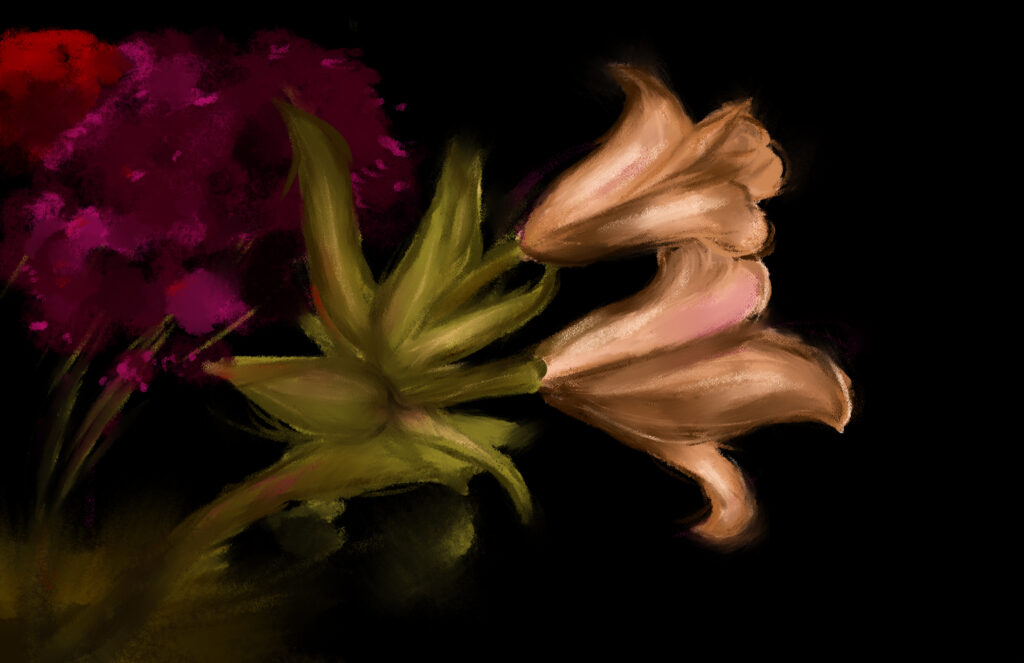
I knew I didn’t want to do a portrait, since Photoshop painting was already new to me and I didn’t want to have to worry about proportions as well. Instead, I decided to paint a still life. I already had hundreds of good reference photos for this, since still lifes were my main focus in photography. I ended up using one of the final prints from that year for reference. The photo was the fifth one from the shoot edited on December seventh, hence the title (that was the title of the original file).
During the project, I only used a few pastel brushes, as well as a blender. I first swatched some colors from the original photo for reference, since I turned down the opacity for the photo reference. After getting down the basic shapes, I switched off the photo layer and mostly did the rest without reference.
Watercolor Painting
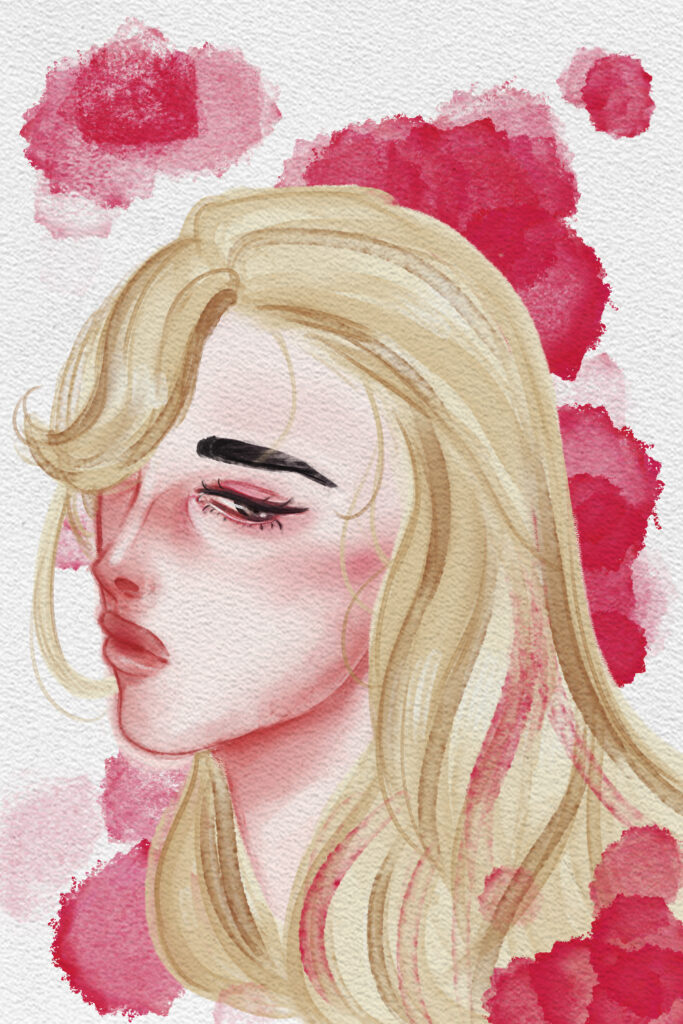
I had a lot more work days than I usually would have during the week I worked on the painting, which meant I was able to do a lot of the painting on the Cintiq instead of with a regular tablet. Directly using the Cintiq is a lot easier for me for sketching, since you draw directly on it, so I decided to take the opportunity to do a portrait instead.
There wasn’t really any particular inspiration behind the character–I just wanted to make something easy to draw that I could quickly get to painting over. For the painting process, I first made a solid bottom layer for the skin, then, under the sketch layer with its opacity turned down, built up the shading. Originally, I had a palette on another layer, but that became too restrictive and was quickly abandoned. I didn’t actually originally have a sketch for the hair, so I made a quick one on top of the painting and made it using the same process I had for the skin. For the finishing touch, I chose a random brush and decorated the background with some vaguely flower-like shapes.
Photo Blogs
The best photos I’ve shot during my years at Freestyle.
Mood
Sep. 2021

Center Frame Portrait
Jan. 2022
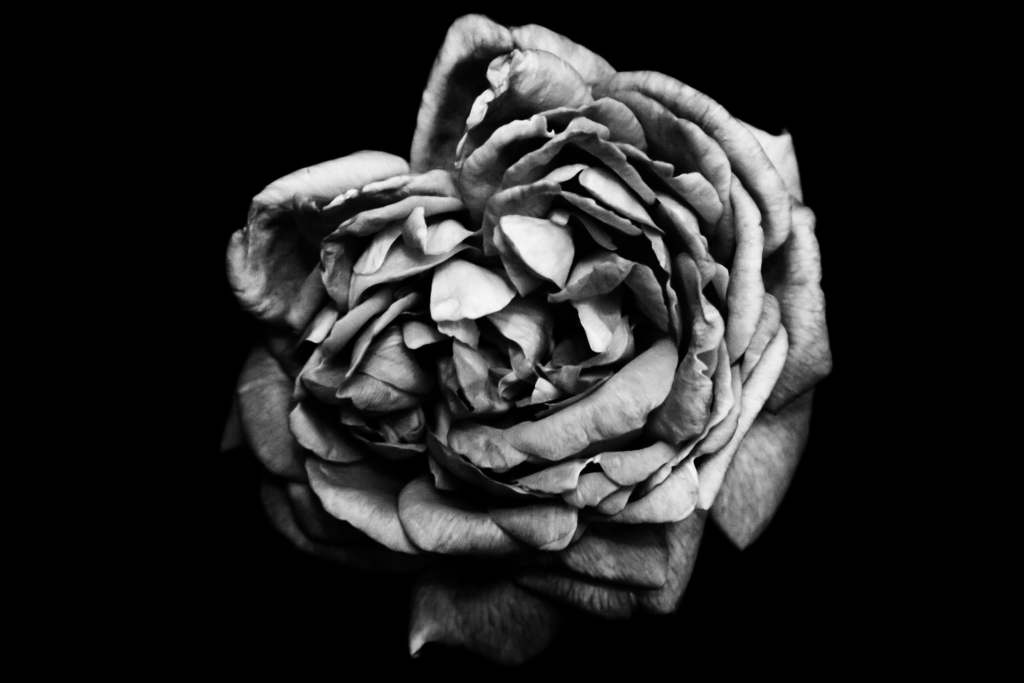
New Beginnings
Jan. 2022
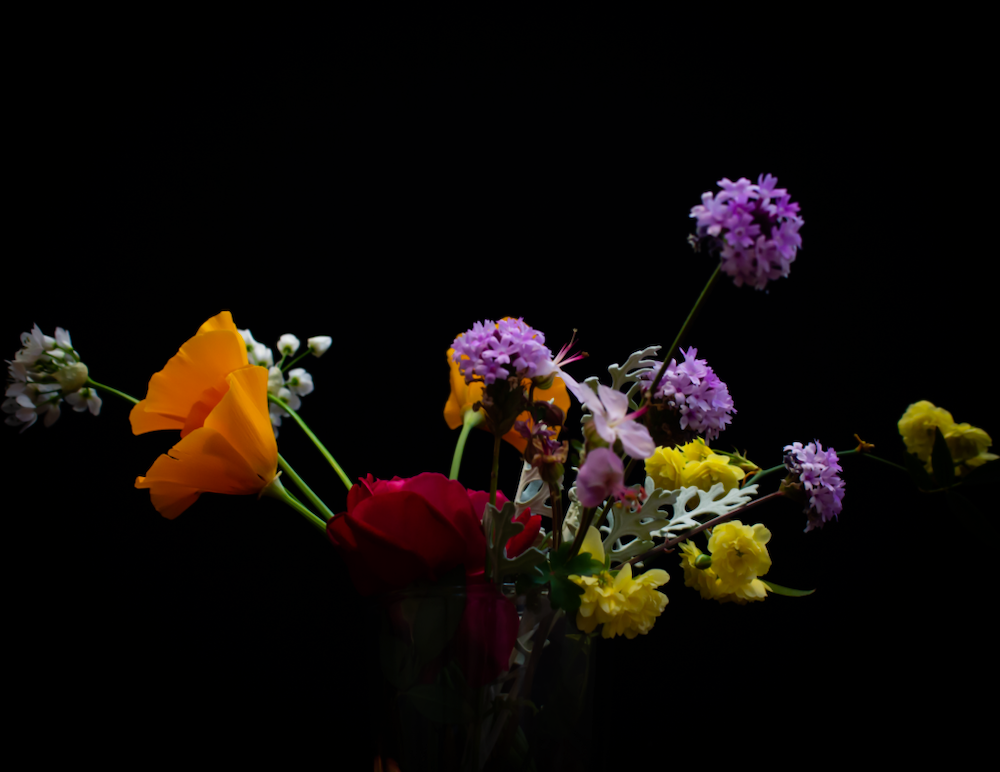
No Filter
Feb. 2022
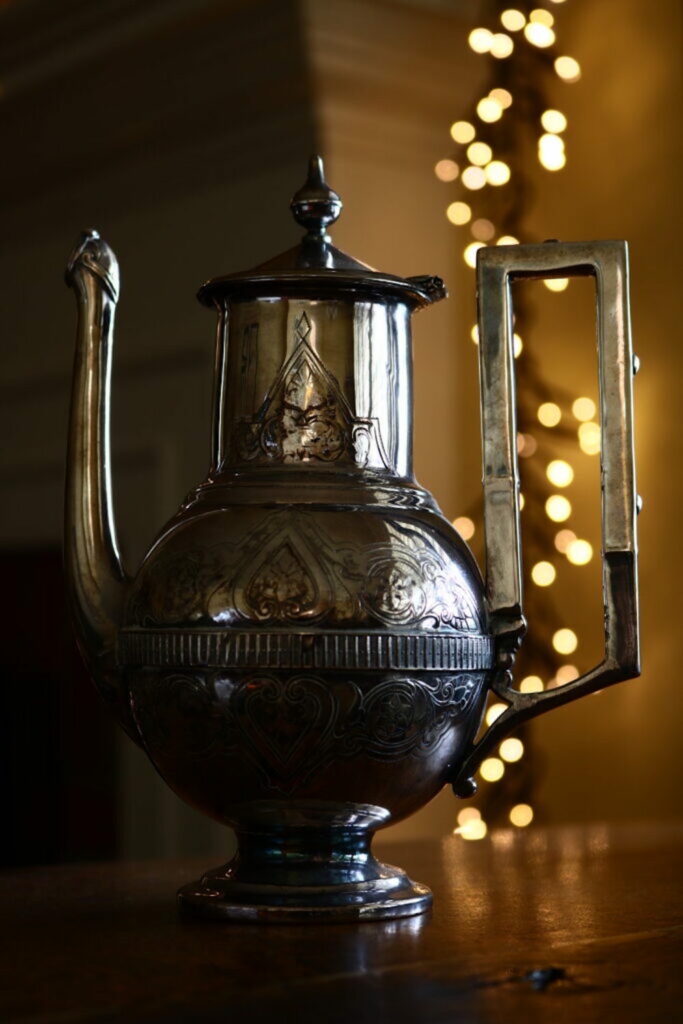
Rule of Odds
March 2022
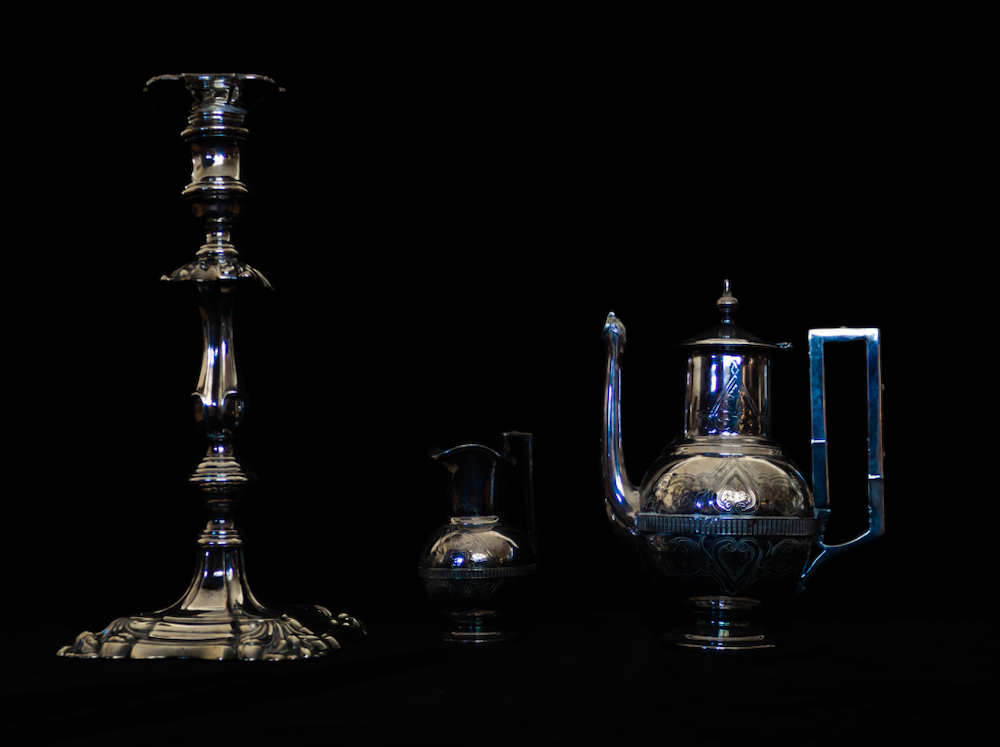
Aging
March 2022

Gratitude
Nov. 2022
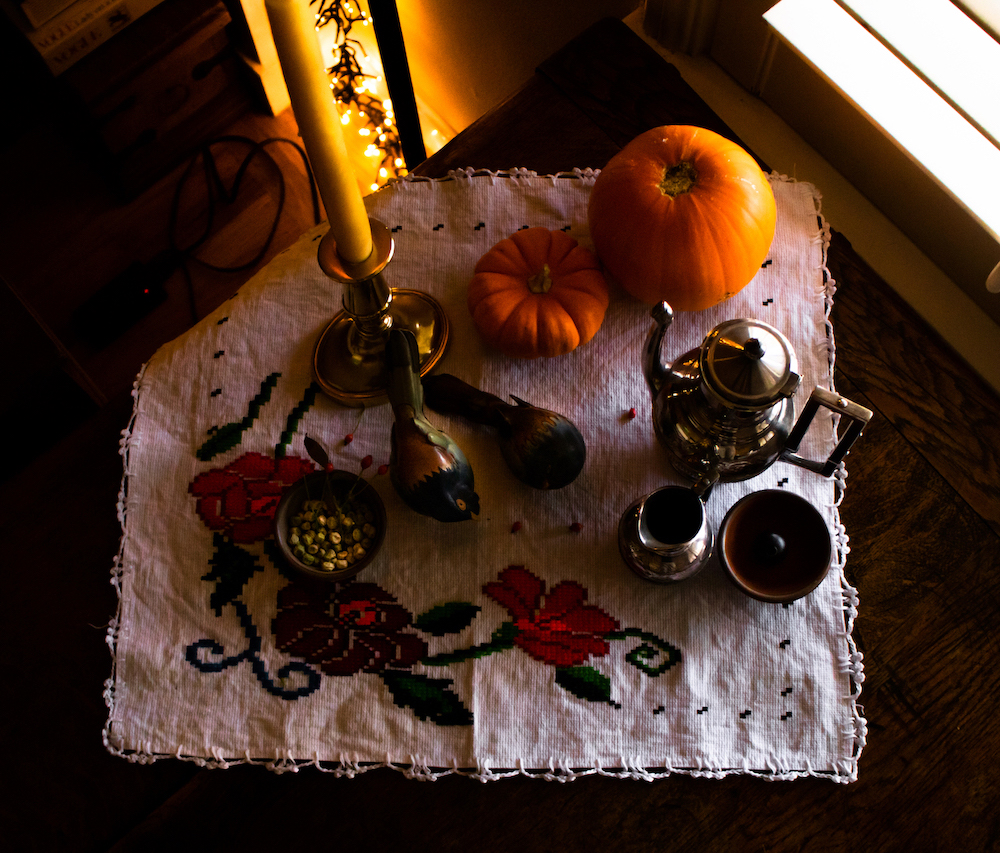
Deadly Sins: Pride
March 2023
